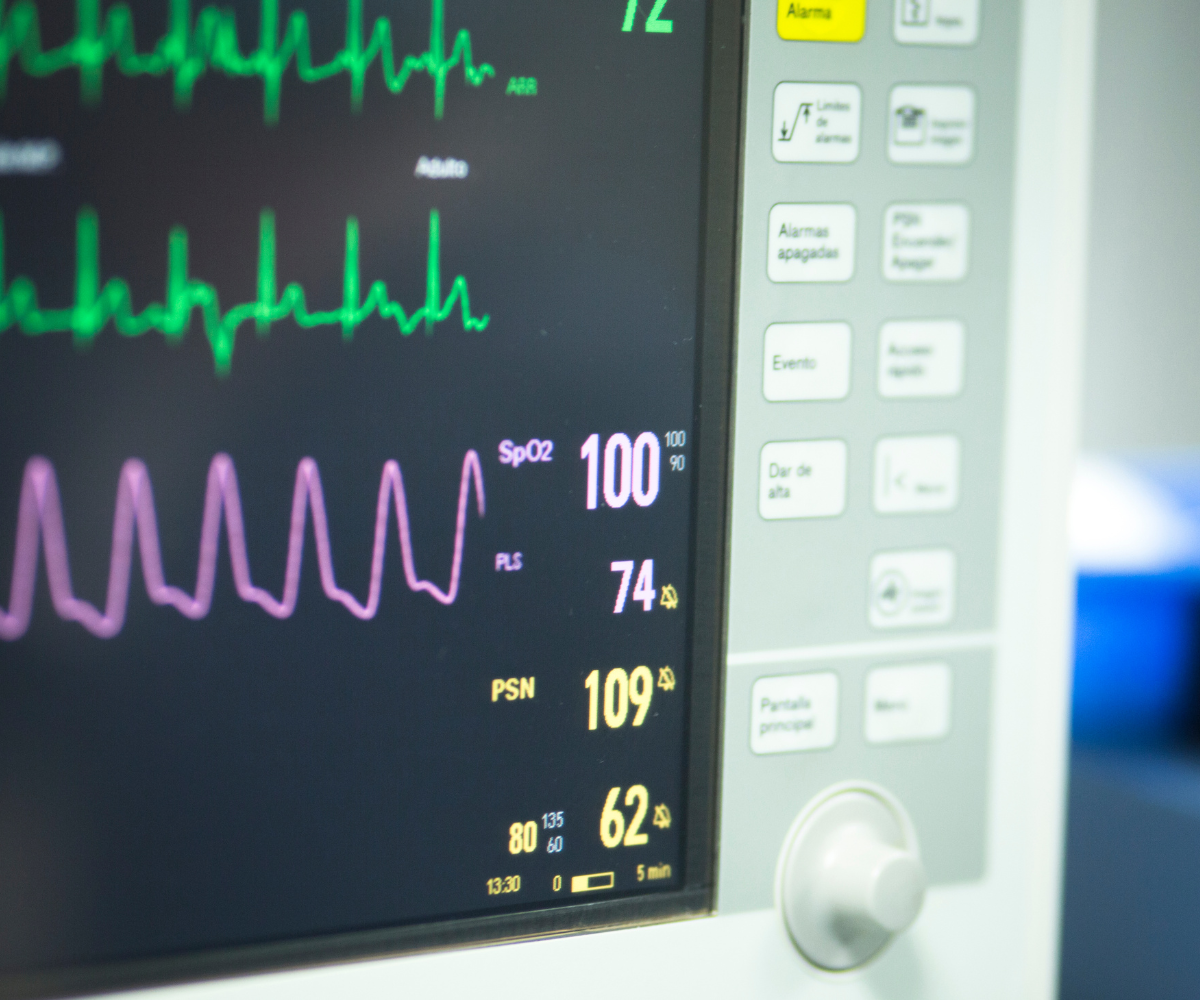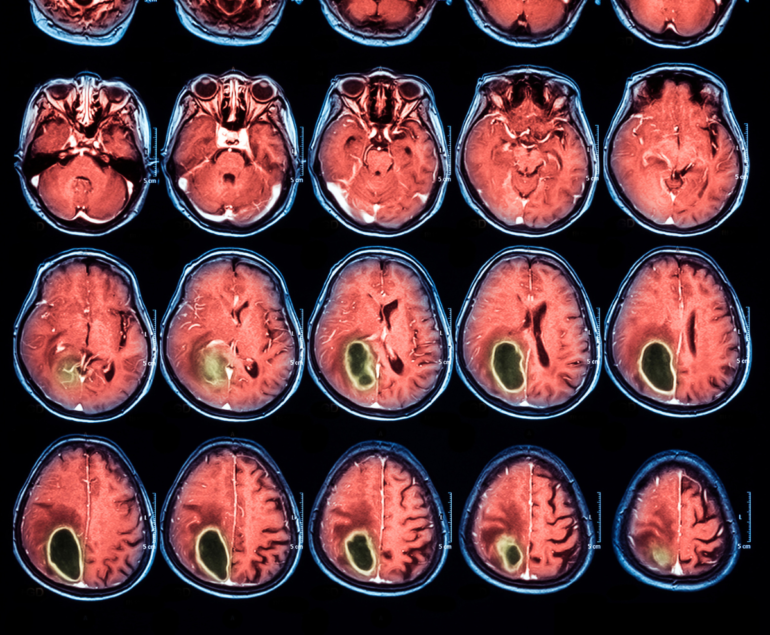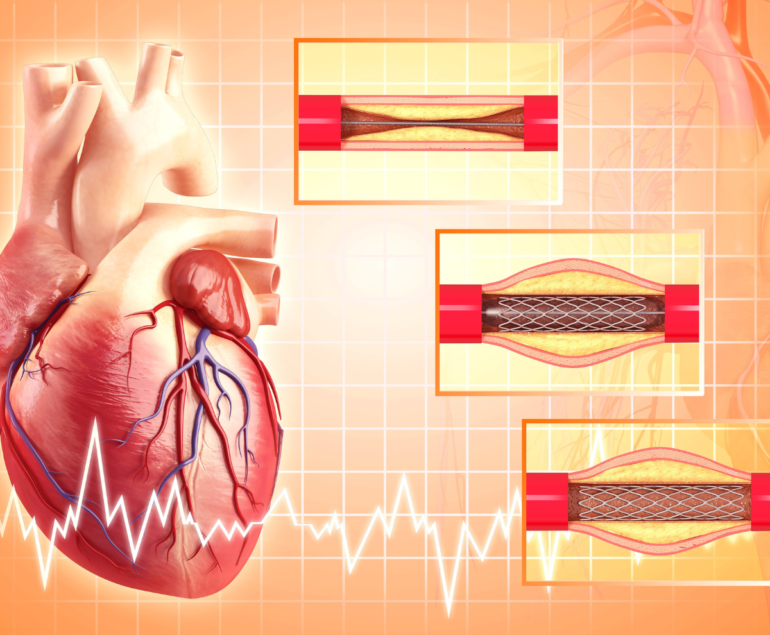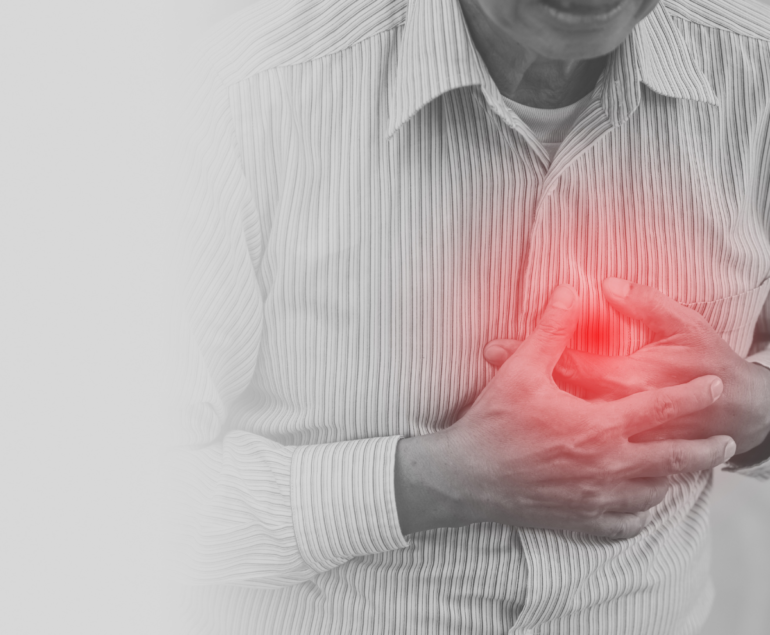Supraventricular Tachycardia :
Supraventricular tachycardia (SVT) or atrial tachycardia, is identified as a fast heart rate that is triggered by the top chambers (atria) of the heart. This occurs when the electrical signals in the top chambers occur abnormally and interfere with the SA node. The SA node is the heart’s natural pacemaker and sets the rhythm. Due to the interference, this confuses the ventricles.
This rapid heart rate prevents the chambers from filling properly, which affects the blood flow to the rest of the body.
Complications :
During AFib, your heart’s top 2 chambers beat irregularly which prevents the chambers from emptying effectively. This can be dangerous as the blood will pool in the top chamber causing a clot. If a clot forms and travels through the heart and makes its way into the body, this can cause a potentially fatal Stroke. 1 in 4 of all strokes after 40 years old are caused by AFib.
This is why anticoagulation (blood thinners) is very important in the management of atrial fibrillation.
Another risk with AFib is Heart failure. Due to the top 2 chambers (atria) are beating very quickly and irregularly, they will send signals to the bottom chambers (ventricles) to contract . Due to the speed at which the atria are contracting, there is not enough blood transfering from the top chambers to the bottom chambers. The Ventricles will then beat quickly to get blood into the heart quickly as to try and fill them more so that more blood can pump throughout the body. Although it sounds reasonably harmless, this can cause the heart muscles to weaken to the point of heart failure.
This is why rate control is very important, this can be obtained with medical management such as medications, lifestyle changes and possible surgical intervention.
Symptoms :
- 1. Fainting
- 2. Dizziness or lightheadedness
- 3. Palpitations described as fluttering, bounding or racing
- 4. Chest discomfort
- 5. Shortness of breath
- 6. Fatigue.
- 6. Fatigue. 7. Cardiac arrest in extreme cases.
“
If you are experiencing chest discomfort or other signs of a heart attack, call 9-1-1 or your local emergency number immediately”
Risk factors for SVT include :
Management of SVT is dependent on the frequency and severity of the arrhythmia. If the symptoms occur only once in a while and do not last long, you may not require treatment.
Often, Episodes of SVT can be stopped using one of these techniques at home and are most effective when started immediately after the arrhythmia starts. These techniques should not be done alone. Supervision is recommended, just in case.
- Valsalva maneuver: which consists of plugging your nose and bearing down. This increases your intra abdominal pressure and triggers the vagus nerve which acts as a reset switch.
- Triggering the Dive reflex: This occurs when you plunge your face/hands into ice cold water temporarily….We don’t want you to drown.
Another technique, which should only be performed by a medical professional is the
Carotid sinus massage: The medical professional can apply gentle pressure to the area where the carotid artery splits into two branches.




